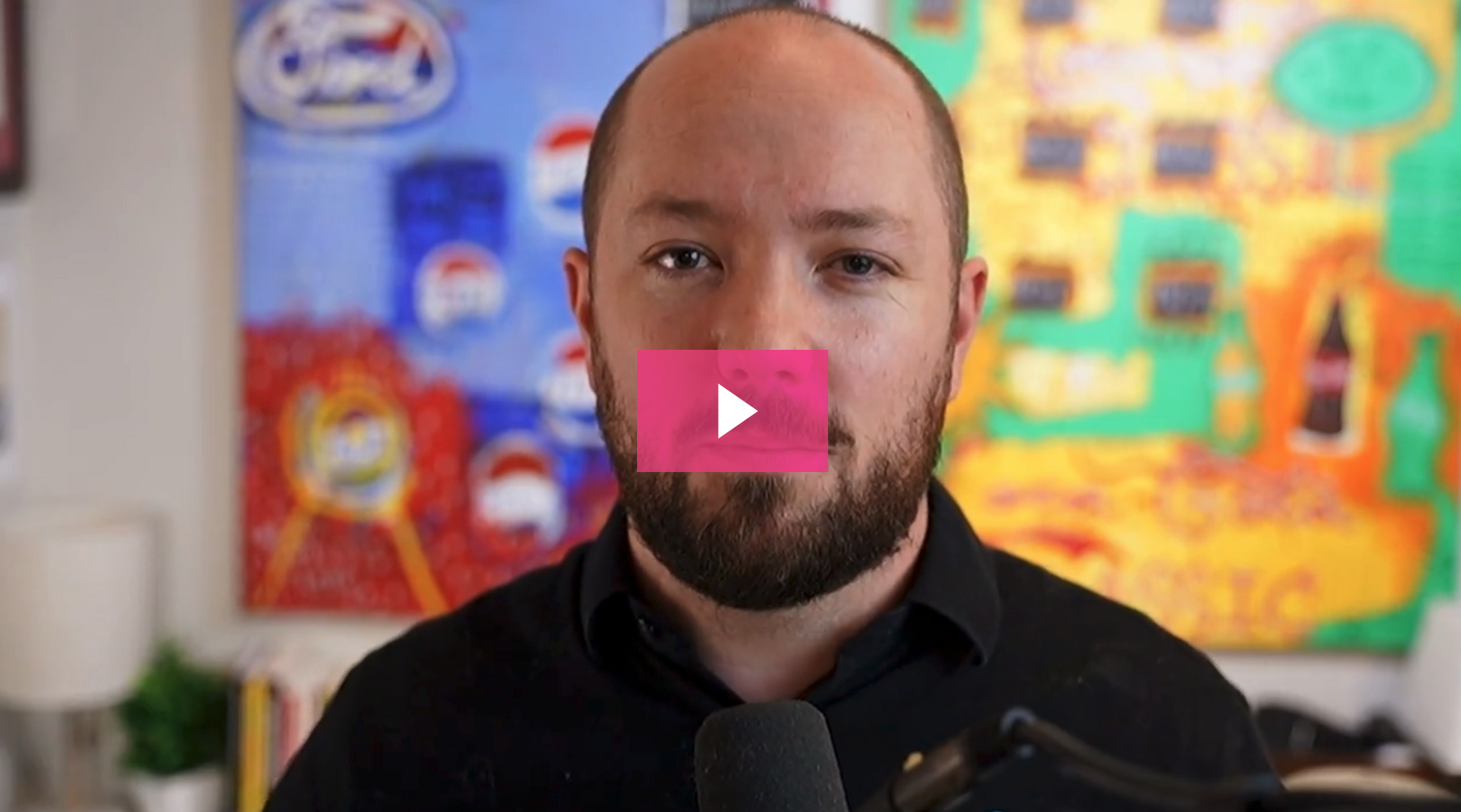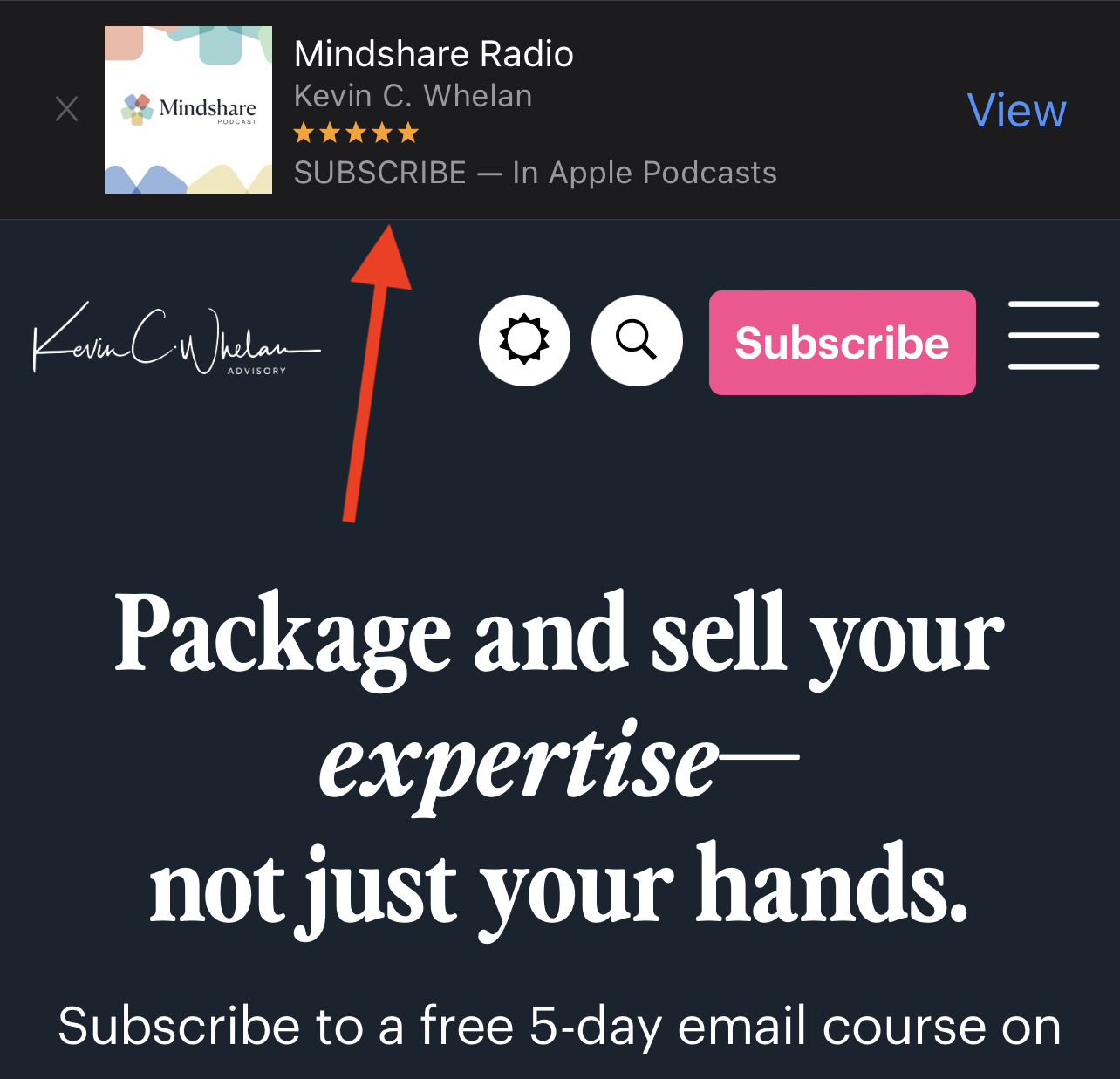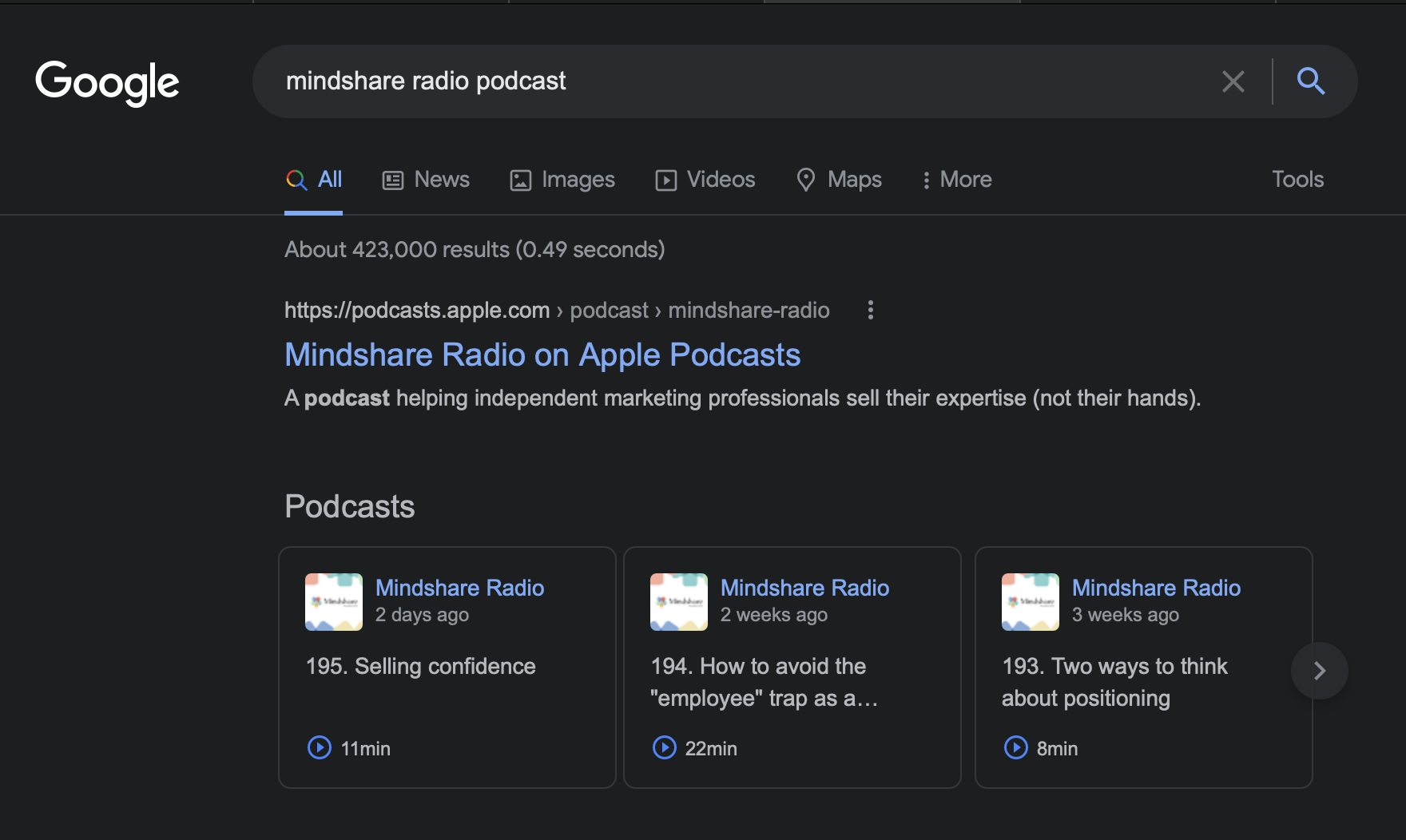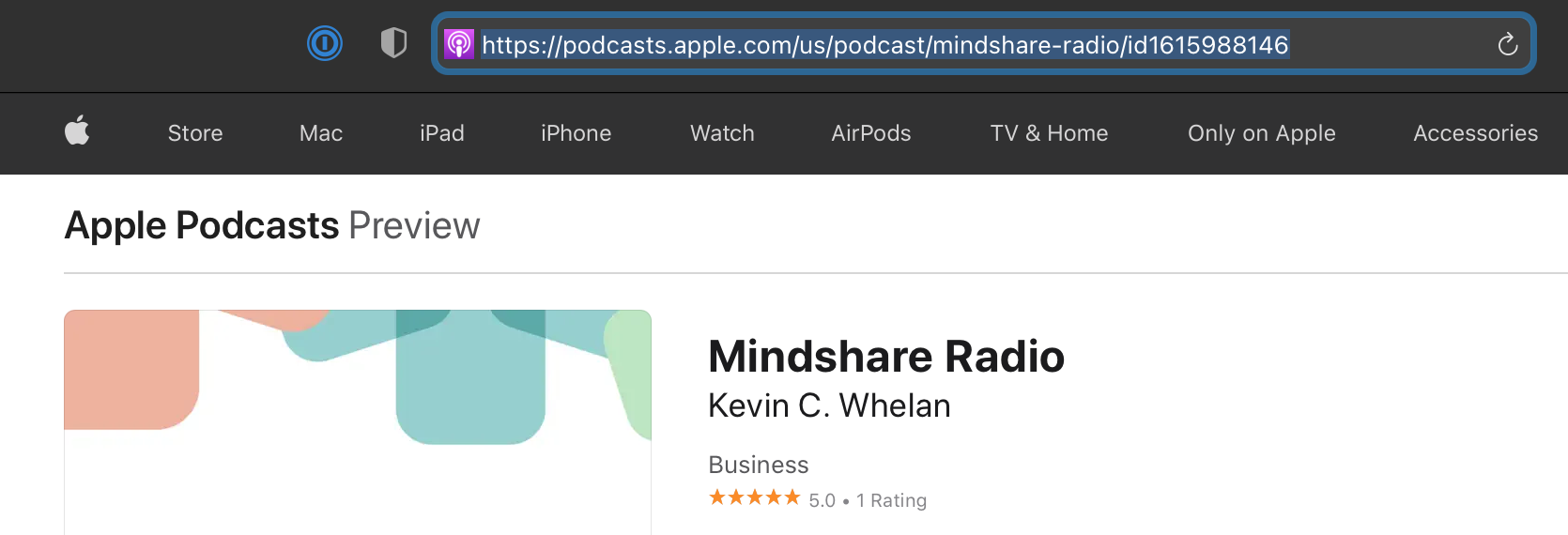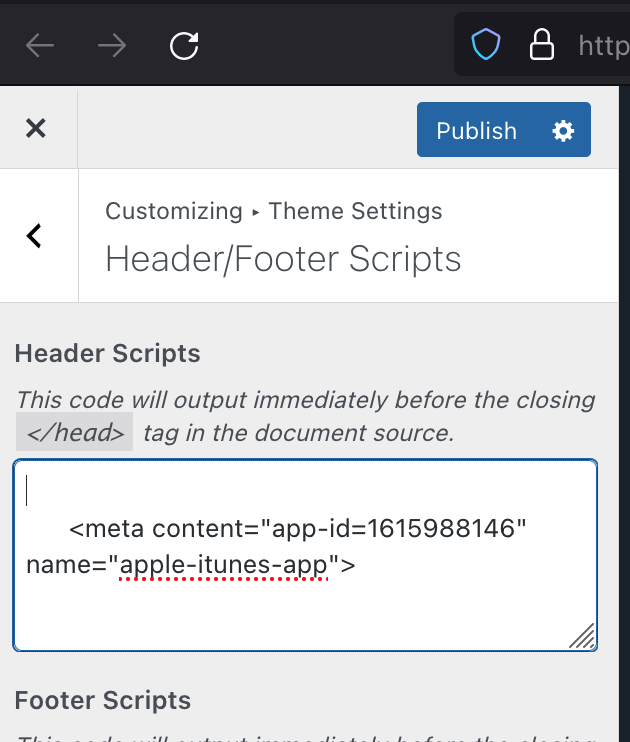Does researching your “competition” in a new niche make you feel intimidated?
If you compare yourself to the established players in the niche you’re entering, you can easily talk yourself out of entering it at all.
On the one hand, if there’s no competition, it might be a sign there’s not a valid business. But even that might be misleading.
On the other, if there’s plenty of competition, it could actually be like seeing trees in a desert—an oasis of opportunity.
Regardless of the situation, researching the players in a market might make you feel like you’re not good enough. Or the road will be too steep to climb.
What you’re forgetting, however, is the X-factor you bring to the table. Your unique experience, expertise, personality, and style are all original to you. Your way of selling and delivering your expertise will be uniquely yours, too.
People buy from people they like and relate to. And we’re all different, which means you have just as much a shot at success as anyone who came before you.
Sure, it may take time to gain the traction you want. But don’t let the presence or “competition” dissuade you from pursuing your ideal clients.
Lean into your original worldview and amplify your quirky self. Give it time. Ignore everyone else for a while.
The right people will come to you. There’s room for everyone.
